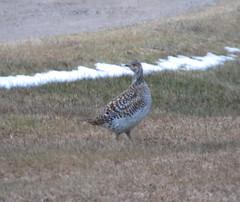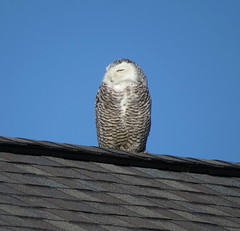Haw River State Park, Browns Summit North Carolina
Two weekends ago Kathy and myself took a 4 day weekend to drive the 7 1/2 hours to visit my oldest son. His present occupation is an environmental educator at the Summit Environmental Education Complex, which is situated at Haw River State Park just a short 20 minute drive north from Greensboro North Carolina. For the most part he’s helping with teaching to various age school groups environmental requirements for their specific grade. And with school in session right now it’s a pretty busy place with school groups visiting from all over the state. However for us we just needed to visit our son and see what’s going on, take him out to eat a few times, do some sight seeing and buy him some much needed groceries. Plus get a little birding in, especially after he told me he’s been seeing this Brown-headed Nuthatch hanging around some of the living quarters.
After touring some of the buildings around the complex we went for a walk to an area of the park I was pretty excited about. The wetlands, which is a small portion of a much larger riparian corridor of the Haw River. It was a short walk to where the boardwalk for the wetlands started.
 And after a short walk on the boardwalk, you come out into this beautiful opening of wetlands and tall dead trees. And when you have a combination like this you’re bound to have a rare treat of viewing Red-headed Woodpeckers. Not just 1 or 2, but multiple birds. It was amazing!
And after a short walk on the boardwalk, you come out into this beautiful opening of wetlands and tall dead trees. And when you have a combination like this you’re bound to have a rare treat of viewing Red-headed Woodpeckers. Not just 1 or 2, but multiple birds. It was amazing!
Some interesting facts about this bird is that from 1966 to 2014 there has been a decline of 2% per year of this species. And if you add that up it’s a 70% reduction of this magnificent bird. The Red-headed Woodpecker is on the 2014 State of the Birds Watch List, which list bird species that are at risk of becoming “threatened” or “endangered” without conservation action.
They were a nuisance bird during the 19th century by orchard owners and farmers, who paid a bounty for these birds. Audubon reported 100 Red-headed Woodpeckers shot from a single cherry tree in one day. The birds followed the beech nut crop of the northern beech forests, and then with the great chestnut blight killing off virtually all the American Chestnut trees, their was a huge reduction of food for this bird.
So even today I’m always delighted when I spot one in the field, they are a tough bird to tick off if you don’t know where to find them. And boy did I find them.
I was always shooting my pictures with my camera pointing up. They never came low enough on the dead trees to get too close.
 The bold white wings set off with the black in sharp contrast is a dead give away to which species you’re seeing. Plus the red head helps also.
The bold white wings set off with the black in sharp contrast is a dead give away to which species you’re seeing. Plus the red head helps also.
 Most of the time this is how I saw them as they chased each other around from tree to tree.
Most of the time this is how I saw them as they chased each other around from tree to tree.
At one time I counted 6 individual birds. For me that’s an amazing number of probably the best looking woodpecker I’ve ever seen. Now the operative word here is “seen”. There are a bunch of new woodpecker species that hasn’t made it to my life list as of yet. So until I do see one that’s more beautiful than this bird, this is numero uno!
P.S. I finally saw the Brown-headed Nuthatch on our last evening. And of course I didn’t have my camera.

















